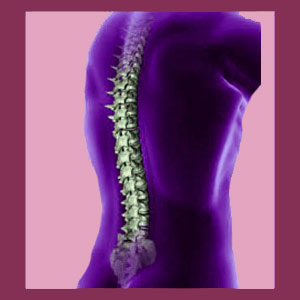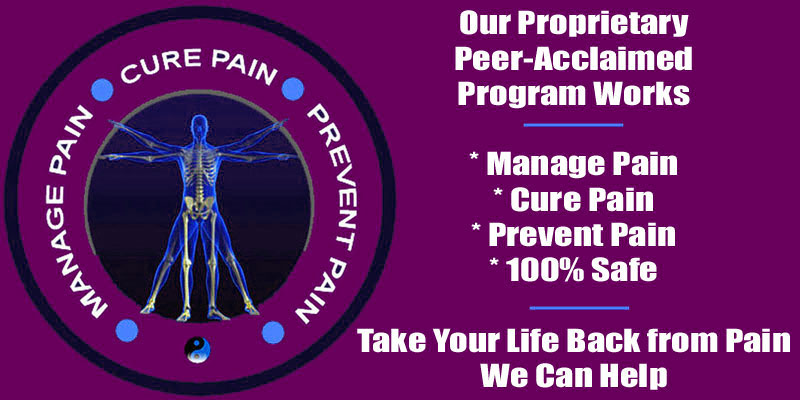
Nonstructural scoliosis is not usually permanent and is typically much easier to treat successfully without drastic medical interventions than its counterpart called skeletal or fixed scoliosis. A large percentage of functional cases of scoliosis will resolve organically or with simple, conservative care measures once a positive diagnosis of the underlying causative mechanism has been achieved.
We have already written a dedicated article on functional scoliosis and strongly suggest reading that patient guide as a preface to this follow-up essay. To summarize that treatise, functional types of scoliosis are not caused by skeletal spinal abnormalities that dispose atypical curvature of the vertebral column. Instead, these nonstructural scoliosis profiles can be created by leg length discrepancies, sacroiliac joint concerns and the most common mode of causation: muscular spasms.
This dialog takes our coverage of functional cases of scoliosis to a deeper level. Herein we will discuss some diagnostic problems with nonstructural scoliosis, some clinical observations and even some personal experiences with the condition and the problems suffered.
Nonstructural Scoliosis Diagnosis
Specialists can usually easily differentiate functional scoliosis from skeletal scoliosis. However, very few patients are initially diagnosed with scoliosis by experts in the field of spinal curvature. Instead, most are told that they have an abnormal curvature by a school nurse, general physician, chiropractor or other type of complementary caregiver. This creates dramatic problems for some patients.
First, the nocebo effect of a scoliosis diagnosis is considerable and is a terrible thing to suffer, especially if you really do not have scoliosis… Diagnosticians should be very careful not to alarm patients until the possibility of functional versions of scoliosis has been ruled out.
If any of the telltale signs of nonstructural scoliosis are present, these must be studied to confirm a functional case of side-to-side spinal curvature or ruled out to focus on skeletal scoliosis instead. In no case should diagnosticians fail to study the curvature for signs of functional causation in order to improve treatment proceedings.
Therapy for Nonstructural Types of Scoliosis
Skeletal scoliosis is rarely symptomatic and therefore rarely requires treatment. In cases that are symptomatic, conservative care will usually focus on constructive efforts to exercise and stretch the spine, as well as build surrounding musculature for added support and stability of the curvature. Less constructive care might focus on drug therapies, injection therapies or the use of ridiculous soft-style back braces that do nothing to actually support the curve. Curative remedies are surgical in nature and consist of spinal fusion. Unfortunately, fusion has many downsides, making it a truly difficult choice whether to face the symptomatic curvature or endure the very dangerous surgery.
Functional scoliosis, in contrast, is often very uncomfortable, since the curvature is not the normal positioning of the spine in this particular person, but instead has changed in anatomical presentation due to some other causative process. However, there is absolutely no point treating the nonstructural scoliosis, since the root cause will remain. Remember, functional cases of scoliosis are merely symptoms of another condition. Therefore, treatment efforts must target this source process enacting the curvature in order to be considered effective.
Now you can understand why even small diagnostic errors might lead the patient on a completely divergent path when it comes to indicated treatment and its subsequent efficacy.
Nonstructural Scoliosis Experiences
Functional scoliosis and the diagnostic problems associated with it have a very personal importance for me. I was victimized by misdiagnosis of nonstructural scoliosis as a teenager. The horrible care that I received set the tone of the next several decades of suffering for me. In fact, I would not be here talking with you right now, nor would I be a chronic pain coach, patient educator, medical consumer advocate or author if it were not for the careless mistake of an idiot chiropractor.
I have previously detailed my experience with back pain in my late teenage years on several occasions and will not bore you by recounting these events here yet again. If you are interested, just search for “my story” and learn more about my back pain problems.
My first chiropractor blamed weeks of terrible lower back pain on minor scoliosis which did not even exist. The curvature was far less than 10 degrees, which meant that it would not have qualified to be called scoliosis, even if it was skeletal in nature, which it was not… It was simply a case of functional scoliosis caused by the widespread powerful muscle spasms that I had been suffering for weeks already. Of course, I did not know any of these things at the time, being only 16 years old. However, his management of the condition was flawed from the get-go, placing me firmly on the wrong path towards relief. This path would endure for decades…
Do not take for granted that your caregiver can differentiate functional from fixed scoliosis. Be certain to see a specialist and learn the true type of spinal curvature that affects you or your child before doing anything toward treatment.
Scoliosis > Side to Side Spinal Curvature > Nonstructural Scoliosis





